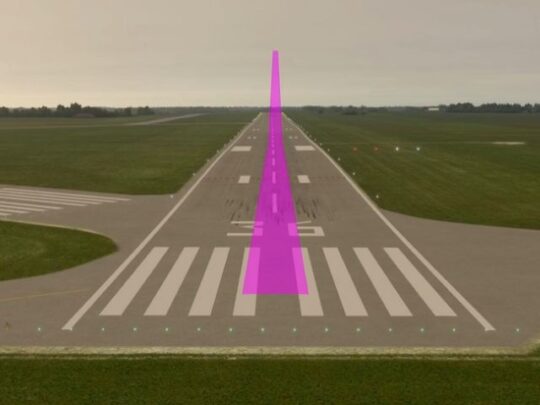Subscriber question:
"Taking off in low IMC can be disorienting. What should a pilot do to avoid becoming disoriented when departing into low IFR conditions?" - Shaun B.
Bob:
 “When cleared for takeoff, release wheel brakes simultaneously to minimize initial directional control issues. Directional control immediately following brake release should be accomplished predominantly with the aid of outside references.
“When cleared for takeoff, release wheel brakes simultaneously to minimize initial directional control issues. Directional control immediately following brake release should be accomplished predominantly with the aid of outside references.
As the takeoff progresses, the cross-check should transition from outside references to the heading indicator, airspeed indicator, and attitude indicator. The rate of transition is directly proportional to the rate at which outside references are deteriorating. It is extremely important for this cross-check to be in progress before losing complete outside visual references during the takeoff roll and subsequent departure.
Takeoffs at night or into poor visibility are especially conducive to spatial disorientation. As you lift off, be committed to attitude instrument flying so you can disregard erroneous sensory inputs.
The takeoff attitude should be established on the attitude indicator at the appropriate point on the takeoff roll. This is normally at rotation or just prior to reaching takeoff airspeeds. Know the specific takeoff attitude required for your aircraft. This pitch attitude and a wings level attitude should be held constant as the aircraft becomes airborne. Cross check the vertical velocity indicator (vertical speed indicator) and altimeter for positive climb indications before retracting gear and flaps.
While the gear and flaps are being retracted, maintain or adjust the pitch attitude as necessary to ensure the desired climb.”
What is the lowest weather you are comfortable departing into?
(Assumes you are Instrument rated)

